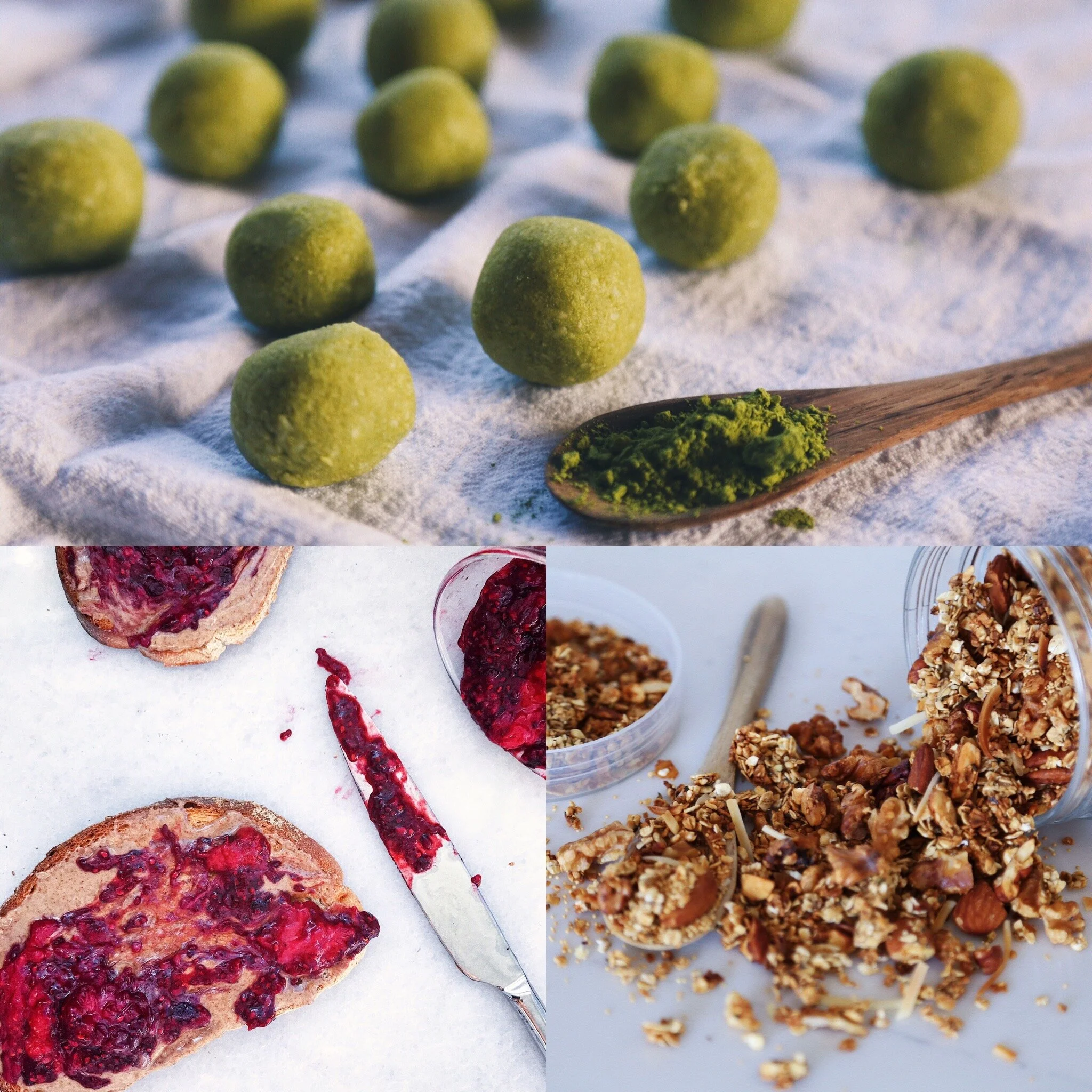Tips for making your produce last longer
Food has become central to our discussions surrounding COVID-19 as we’re being told to shelter in place until who-knows-when.
While grocery stores are one of the few essential businesses allowed to remain open, a lot of us are shopping in ways we never have before as we face new realities such as empty shelves, limiting trips to the grocery store, or reassessing what is and isn’t absolutely necessary based on budgetary constraints… to name just a few.
Personally, my habits have changed dramatically.
Before the world turned upside down, as a recipe developer and wellness enthusiast, I shopped several times a week. I was also a lot less mindful about food waste or repurposing, only doing the latter for fun when it suited a particular need.
Now, I think about how I can maximize the lifespan of just about everything that enters my kitchen.
And I want to share all that I’m doing with you, so you can stretch the life of whatever you have in your kitchen too.
Making produce last longer
Rinse lettuce greens, leafy greens like spinach and kale, bok choy, etc. and wrap them in a damp paper towel, and store in a reusable or ziplock bag.
Cut and remove the tops (greens) off of carrots.
Trim the stems of herbs, place them in a glass of water in the refrigerator (except basil, which should be placed in water on your countertop at room temperature) and change the water every 1-3 days. You can do this with asparagus, too.
Cut celery, radishes, carrots and store them in water. This also means you’ll have healthy veggies accessible to snack on when you’re hungry.
Remove berries from plastic containers, and place in them in a bowl or small ceramic basket lined with paper towel.
Freeze fruits and vegetables that are going bad, and use them in smoothies, stews and stirfry. Cut them into small pieces and lay them on a baking sheet in the freezer first, before putting them in a ziplock or reusable bag and freezing them.
Freeze ginger and turmeric root. It doesn’t need to be thawed before grating.
Keep produce that usually sits on the countertop (citrus, apples, ginger, garlic, potatoes, etc) in the refrigerator.
Repurposing produce to make new foods
Turn soft tomatoes into pasta sauce
Make homemade jam with berries that are going bad, but haven’t yet turned moldy.
Use expiring nut milks to make cream sauce for pasta, risotto, stews etc.
Blend veggies and fruits that are about to go bad in a smoothie, or make a juice using a juice extractor.
Make soup, stock or stew with parts of vegetables you don’t normally eat (i.e. turnip and beet greens, broccoli stems, carrot peels, etc.)
Use vegetables tops, such as carrot and celery leaves or root vegetables greens to make pesto, juice or smoothies.
If I’ve missed any, and I’m sure that I have, be sure to spread the love and share what you’re doing in your kitchen in the comment section below.
If you liked this article, be sure to sign up for my newsletter to receive this type of content and more delivered to your inbox every month!














